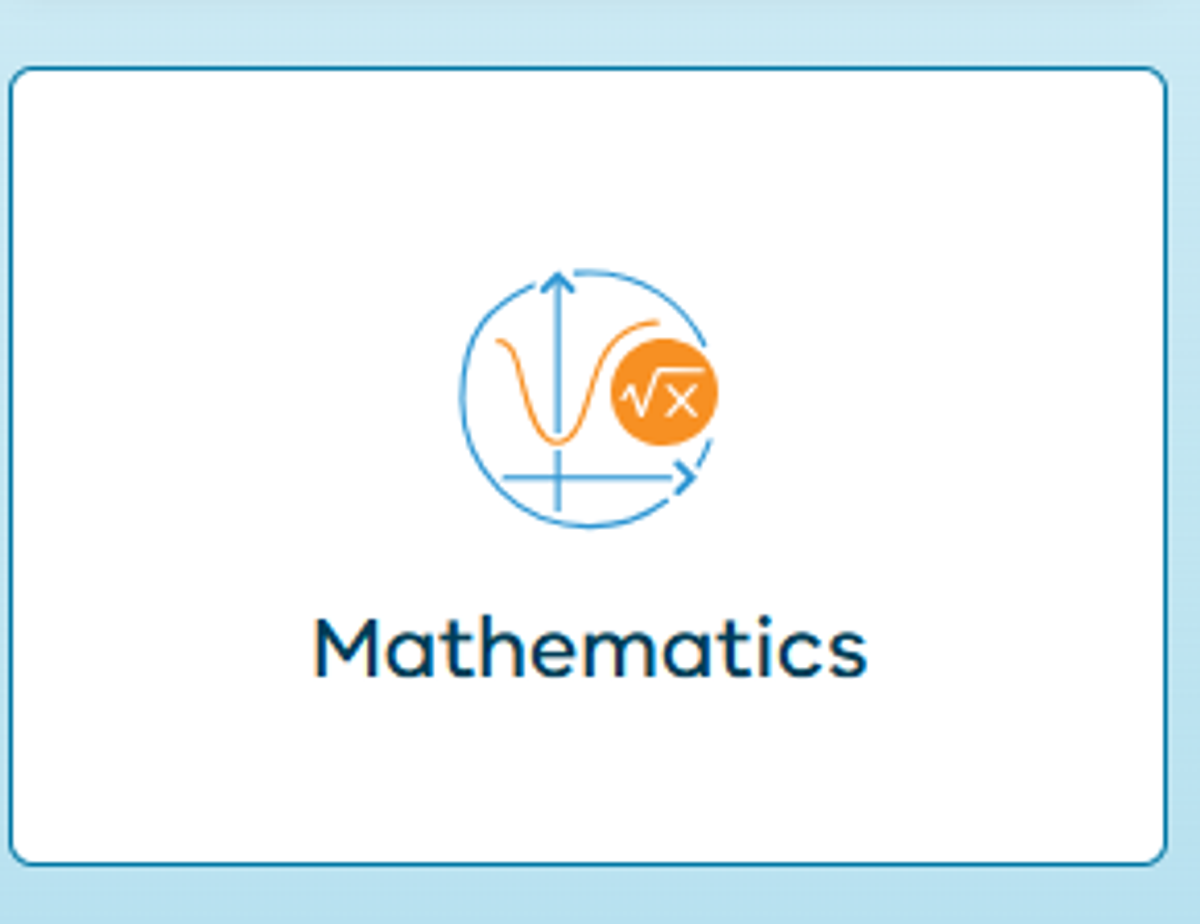Curriculum Updates
Messages from our Learning Specialist, Jess Goward
Artwork by Alkina Edwards' Creations.

Curriculum Updates
Messages from our Learning Specialist, Jess Goward
Artwork by Alkina Edwards' Creations.
As mentioned in the Term 1 Week 5 Newsletter, there have been some changes to our reporting for 2025.
From 2025, student achievement in Mathematics will be reported using a single, aggregated score rather than individual results for each strand (e.g. Number, Measurement, Algebra). This change aligns with the updated Victorian Mathematics Curriculum (Version 2.0), which requires teachers to make an overall judgement of student progress based on the strands taught during the semester.


This holistic assessment reflects the amount and type of Mathematics content delivered, with greater weighting given to strands that form a larger part of the curriculum at each level.
As we have reshaped our School Values, our Values reporting will continue to include a comment but will now grade students on our three values of 'Resilience, Respect and Responsibility, rather than the 'Super 7 Values', using a scale of 'Excellent, Very Good, Satisfactory, Needs Attention'.
Feedback on your child’s progress has been provided throughout the semester via our continuous reporting system. Learning Tasks in English, Mathematics, and Inquiry have been distributed progressively, each accompanied by a detailed rubric outlining levels of achievement and progress. Your child's work sample and rubric can be viewed on Seesaw. A task description and an overall performance grading for that particular task is published on Compass and will appear on your child's report.
Semester Reports will be available from Friday, 27th June. Our teachers put a great deal of time and effort into writing reports, please take the time to read them and celebrate your child's achievements and growth.
Here is a link to a how to guide if you are unsure of how to access them.
https://www.compass.education/guide/#Viewing-Academic-Reports


This year, we've implemented a new English Model, whereby reading is taught using a systematic, evidence-based approach that aligns with the Victorian Curriculum and reflects the latest research in literacy development.
Students now spend 25 minutes each day in F-3 explicitly being taught how letters and sounds work together through systematic synthetic phonics, helping them decode (read) and encode (spell) words.
Part of this new structure involves students putting their new knowledge into practice through dictation. Dictation is a teaching strategy used to help children practise and apply their spelling, punctuation, grammar, and handwriting skills all at once.
In a dictation activity, the teacher reads aloud a sentence or short passage, and students listen carefully and then write it down exactly as they hear it. This helps children:
Dictation reinforces what students have learned in their reading and writing lessons and helps build confidence in using language independently.
I'm so excited to share with you some recent samples from our F/1 classes. It is amazing to see what our students have already been able to achieve! These samples were written completely independently!










The school has recently purchased many, many new decodable readers that are in need of contacting! These books will then be available to be sent home for take home reading! If you would be willing to help with this, please let Jess know! Thank you to Sophie Maginn and Laura Freeman who have already helped out. We still have so many books in need of covering, so if you have any capacity to help, it would be greatly appreciated!

